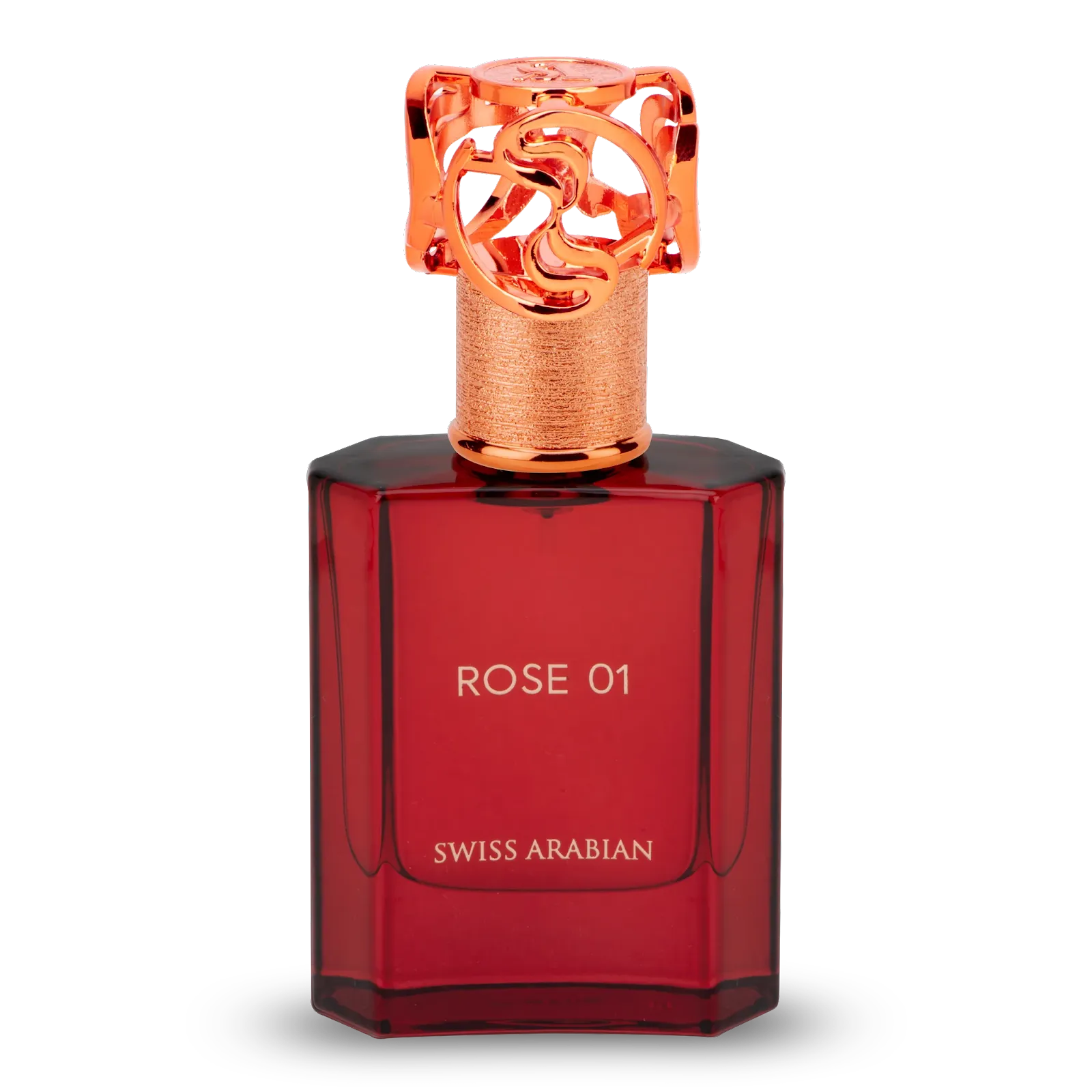Preserving Timeless Elegance: Unveiling the Allure of Heritage Oud Perfume
When it comes to the world of fragrances, few scents evoke the sense of timelessness and luxury quite like heritage oud perfume. This exquisite aromatic concoction holds a rich history that dates back centuries, woven into the cultural fabric of regions where it originated. In this article, we delve into the captivating world of heritage oud perfume, exploring its origins, unique characteristics, and enduring appeal.
The Origins of Heritage Oud Perfume
Heritage oud perfume, often referred to as "liquid gold," owes its origins to the fragrant resin produced by the Aquilaria tree. This tree, native to the dense forests of Southeast Asia, becomes the source of one of the most precious and sought-after ingredients in the perfume industry: oud, also known as agarwood.
Oud is not merely a scent; it's an olfactory journey that encapsulates the mystique of the East. The resin is formed within the heartwood of the Aquilaria tree as a response to fungal or bacterial infection, which makes it a rarity in itself. This rarity has contributed to oud's high value, both in terms of its cultural significance and its cost.
Characteristics that Define Heritage Oud Perfume
Heritage oud perfume is celebrated for its multifaceted characteristics that set it apart from other fragrances. Its distinct notes encompass a harmonious blend of smokiness, sweetness, and earthiness. The top notes often carry a gentle floral hint, which gradually gives way to the woody, resinous heart notes. Finally, the base notes unfold with a deep, leathery richness, leaving an enchanting and lingering scent trail.
What truly makes heritage oud perfume unique is its ability to adapt to the wearer's skin chemistry. As the scent interacts with the warmth of the skin, it undergoes subtle transformations, making it a truly personalised experience for each individual. This adaptability adds a layer of complexity to the fragrance, rendering it all the more captivating.
Enduring Appeal Across Cultures
Heritage oud perfume has traversed time and geography, ingraining itself in the cultural tapestry of various regions. From the Middle East to South Asia, this fragrance has been cherished for generations. Its use in religious rituals, traditional ceremonies, and daily life has solidified its place as a symbol of heritage and sophistication.
In Middle Eastern cultures, oud is synonymous with luxury and opulence. It's not just a scent; it's a statement of elegance and prestige. The deep-rooted connection between oud and Arabian traditions has led to the creation of some of the most renowned and revered oud perfumes in the world.
Sustainability and the Future of Heritage Oud Perfume
As the popularity of heritage oud perfume continues to rise on a global scale, concerns about the sustainability of oud sourcing have also emerged. Due to overharvesting and illegal logging, the Aquilaria tree has faced endangerment in the wild. However, efforts are being made to ensure the sustainable cultivation of Aquilaria trees to meet the demand for oud without harming the environment.
Several perfume houses and distilleries are partnering with conservation organisations and local communities to promote responsible oud sourcing. By supporting ethical practices and reforestation initiatives, the industry aims to preserve the cultural and ecological heritage associated with oud.
The Bottom line
Heritage oud perfume stands as a testament to the timeless allure of scents that transcend generations and cultures. Rooted in history and tradition, this exquisite fragrance continues to captivate enthusiasts worldwide. From its origins in the heartwood of the Aquilaria tree to its enduring appeal, heritage oud perfume is a fragrant journey that embodies luxury, elegance, and a profound connection to our past. As we navigate the delicate balance between preserving its cultural significance and safeguarding its source, one thing remains certain: the enchanting aroma of heritage oud perfume will continue to weave its aromatic magic for generations to come.




Comments
Post a Comment